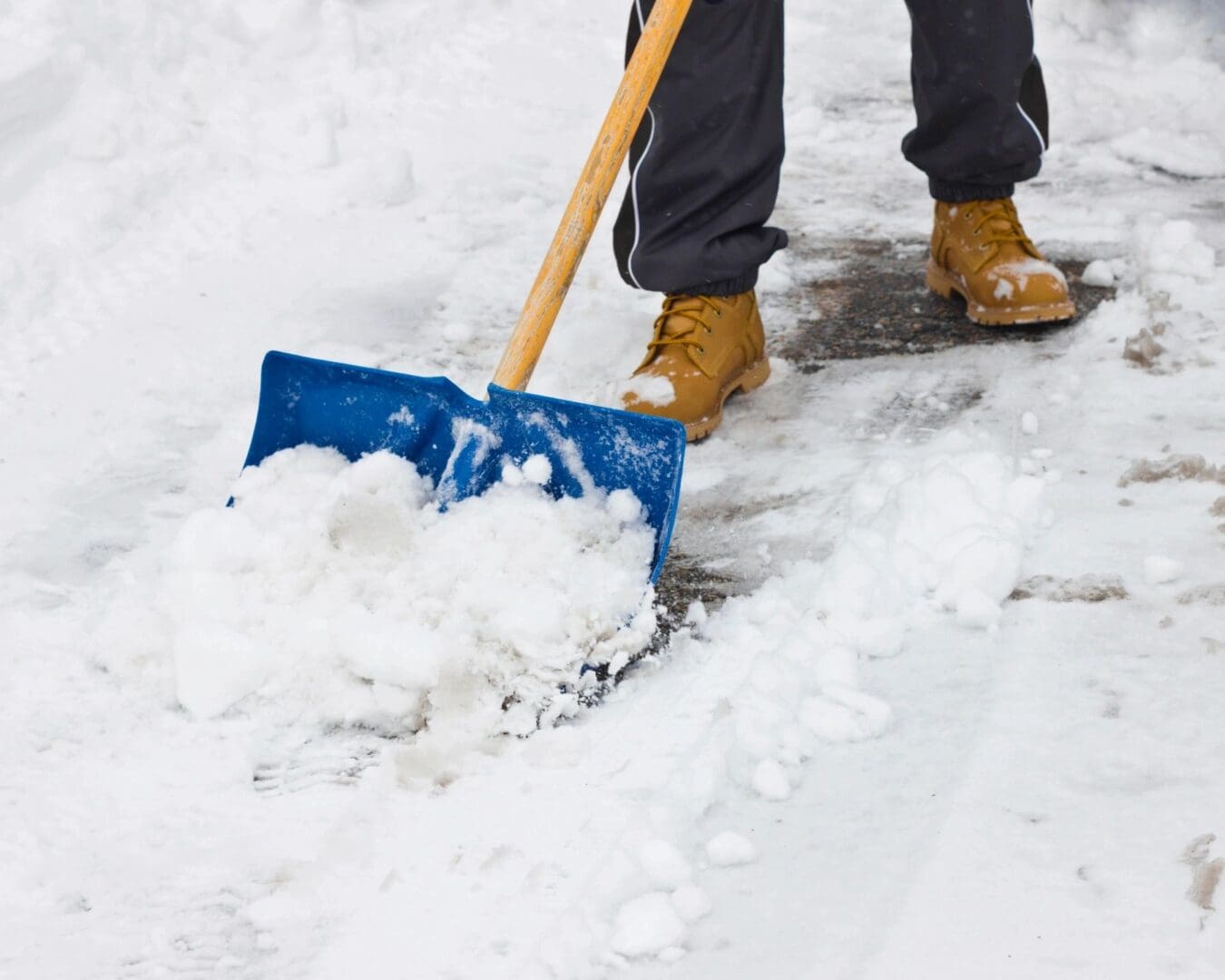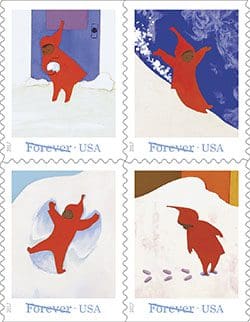Search Posts
Recent Posts
- Vinny Paz to be inducted TODAY into the International Boxing Hall of Fame – CES Boxing June 7, 2025
- In the News… quick recap of the week’s news (6.7.25) June 7, 2025
- Burn with Kearns: Strong without the spend: How scraps became strength tools – Kevin Kearns June 7, 2025
- Rhode Island Weather for June 7, 2025 – Jack Donnelly June 7, 2025
- How to advocate for threatened properties: The Heritage Alliance of Pawtucket June 7, 2025
Categories
Subscribe!
Thanks for subscribing! Please check your email for further instructions.

Clear your snow! It’s the law.
In most communities, removing snow from walkways is the responsibility – and the law – for homeowners and businesses. Here’s a check-in with 3 of our major cities… the RI State Police, the United Way.
In Providence…
What responsibilities do property owners, businesses, and residents have during and after a snow storm?
Property owners are required to remove snow and ice from sidewalks, catch basins, fire hydrants and pedestrian ramps adjacent to their property. The city can fine property owners who do not clear adjacent sidewalks of snow. This is a public safety issue and is the responsibility of the property owners. (See City Ordinance Sections 23-13 to 23-17)
Check in on relatives, friends, and neighbors who may need assistance preparing for a storm. Consider helping neighbors who may require special assistance, especially the elderly and those with disabilities.
Remain off the roads during a snowstorm unless absolutely necessary. Using alternative transportation during snowstorms reduces the number of vehicles on the road, allowing plows and spreaders more room to operate.
Removing snow from your driveway or property after plows have passed and shoveling to the right side of your driveway as you face the road can help prevent re-shoveling.
Can I blow, shovel or plow snow onto the street?
No you cannot. Fines can be imposed on any person(s) depositing snow onto any street, highway or public place. (See City Ordinance Sections 23-13 to 23-17).
Who do we call to report a sidewalk that has not been cleared of snow?
Call the Mayor’s Center for City Services at 3-1-1.
What if I am not physically capable of clearing my sidewalk?
First ask a relative, friend or neighbor to assist you in clearing your property. Other assistance can be requested by dialing 2-1-1.
_____
In Warwick…
Removal of snow is required. Here is what the city ordinance says, along with some definitions:
The owner of any lot of land adjoining or including any priority sidewalk shall, within the first 72 hours after any snow or ice has ceased to fall, and at times other than following snowfall or icefall, within the first 72 hours after any snow or ice has encumbered such priority sidewalk, cause such priority sidewalk to be made safe and convenient for pedestrian traffic by causing the removal of the snow and ice therefrom and/or by covering the same with sand or some other suitable substance.
An owner who makes a safe and convenient path for pedestrian traffic along the entire length of a priority sidewalk adjoining or included within any lot of land owned by such owner, for example, within a parking lot located on such land, shall not be in violation of this ordinance, even if such priority sidewalk is not itself cleared or otherwise made safe and convenient for pedestrian traffic.
The director of the department of public works, or his designee, shall have the authority to determine whether a priority sidewalk or other path is safe and convenient for pedestrian traffic, provided that safe and convenient passage shall include passage to any street corner or other street crossing location leading immediately from or adjacent to any priority sidewalk.
Definitions that go with the above:
Sidewalk means any portion of the sidewalk area which has been made smooth by the application of cement, concrete, asphalt, brick, or other substance, or compacted and made smooth, or which is otherwise used for pedestrian traffic.
Sidewalk area means that portion of the land alongside a street or highway which is set aside, laid out, or used for pedestrian traffic, and shall include any sloped area with a curb cut for handicap access.
Priority sidewalk means any sidewalk described on the list of priority sidewalks published from time to time by the director of the department of public works, provided that no sidewalk shall be a priority sidewalk until 30 days following the date that such sidewalk first appears on such published list.
_____
In Cranston…
Snow and ice—Residential removal of snow—Penalty.
The owner, occupant or an building or lot of land bordering on any street, highway, square or public place where there is a sidewalk supported by curbing, shall, within the first twenty-four (24) hours after any snow has ceased to fall, cause the snow to be removed from the sidewalk adjoining such building or lot of land. Sidewalks must be cleared at least three feet wide to allow wheelchairs to pass. All curb cuts must also be cleared.
If said owner or occupant is sixty-two (62) years of age or older or is physically disabled or has a prior medical condition that would prevent him or her from shoveling snow and unable to shovel snow, no fine shall be imposed for failing to remove snow if said owner or occupant provides the police officer with a letter from his or her doctor attesting to the fact that the person is physically unable to shovel snow.
In case of neglect so to do, the person chargeable with such duty shall pay a fine not exceeding twenty dollars ($20.00) and for each and every hour after the expiration of such twenty-four (24) hours that the snow shall remain on the sidewalk, such owner, occupant or other person shall pay a fine of not less than one dollar ($1.00) nor more than two dollars ($2.00).
Snow and ice—Business removal of snow—Penalty
The owner, occupant of any business bordering on any street, highway, square or public place where there is a sidewalk supported by curbing, shall, within the first twenty-four (24) hours after any snow has ceased to fall, cause the snow to be removed from the sidewalk adjoining such building or lot of land. Sidewalks must be cleared at least three feet wide to allow wheelchairs to pass. All curb cuts must also be cleared.
In case of neglect so to do, the person chargeable with such duty shall pay a fine of two hundred fifty dollars ($250.00) for the first offense and five hundred dollars ($500.00) for a second and subsequent offenses.
Snow and ice—Snow falling from buildings.
Whenever any sidewalk, or any part thereof, adjoining any building or lot of land on any street, highway, square or public place where such sidewalks are supported by curbing, shall be encumbered by ice, it shall be the duty of the owner, occupant or any person having the care of such building or lot, to cause such sidewalk to be made safe and convenient by removing the ice therefrom or by covering the same with sand or some other suitable substance.
In case such owner, occupant or person shall neglect so to do for the space of three hours during the daytime, he or she shall pay a fine of not exceeding twenty dollars ($20.00), and a like sum for every day thereafter that the same shall continue so encumbered.
From the RI State Police…
Clear snow away from fire hydrants. This makes it easier for the fire department if there is an emergency.
Most town/city ordinances require you to shovel the sidewalk in front of your home and business. Failure to do so may result in a fine.
Never blow, shovel or plow snow onto the street, expecting a plow to push it out of the way. Doing so is against the law (R.I.G.L. § 31-22-9).
Always remove all snow from your vehicle. Driving with significant amounts of snow or ice on your car is against the law (R.I.G.L. § 31-23-16).
Keep in mind that after snow storms, plows have no place to push snow except to the curbs, sidewalks, and shoulders of roads, and homeowners usually pile snow at the end of their driveways. This creates a twofold problem; pedestrians enter a street without being able to see if a car is coming and drivers will not be able to see around snowbanks to see if a pedestrian is crossing. This is especially important in mornings and afternoons when children are on their way to/from school. Snowbanks should be an indication for drivers and pedestrians to exercise caution and slow down, knowing the potential dangers that lurk on the other side of the snowbank.
_____
From the United Way…
Weather-related resources the United Way provides:
A list and information regarding warming centers by community and surrounding area;
Referrals for food assistance and to other community resources based on individual need;
Info for local DPW offices for plow updates, road closures, and to report community-specific concerns; and
Enrolling in RI’s Special Needs Emergency Registry, which helps local and state first responders prepare for and respond to the special needs of individuals during a storm or emergency (those who use life support systems like oxygen, ventilator, dialysis, or are insulin depending; have mobility disabilities, etc.)
Medical emergencies should always be reported by calling 911, and reports of power outages or issues with utilities should be directed to the appropriate utility company or to 911 if considered an emergency.
_____
United States Postal Service (USPS)…
If you’re outside, take care to clear any snow or ice on steps, sidewalks and driveways, and around your mailbox. Also make sure to salt the cleared areas to prevent refreezing.
Snow and ice may not be an issue for you, but that doesn’t mean you don’t have to watch for outside hazards. Yard equipment, toys and yard trimmings on the lawn, walkways or steps can cause a tripping hazard or serious injury. It may be easy for homeowners to notice and avoid such hazards, but your letter carrier may not. Many times, carriers may have their hands full of packages and could miss seeing obstacles in their path. It only takes a few moments to make sure your yard and sidewalks are clear of hazards to keep everyone safe.

